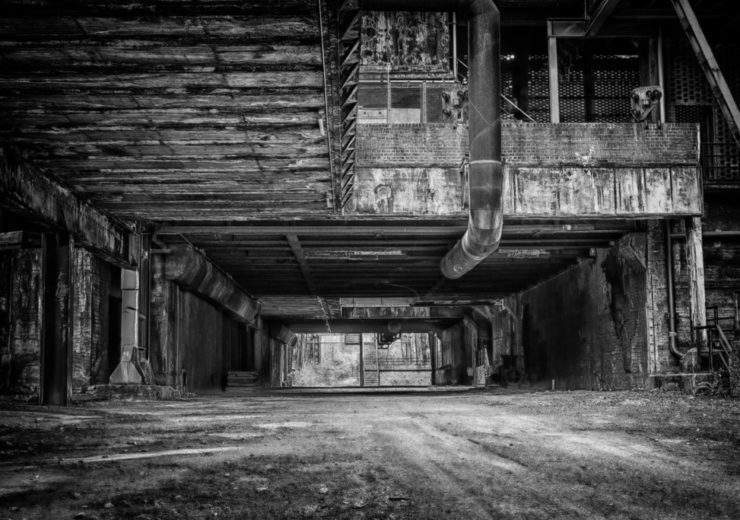Sick building syndrome is when occupants of a specific building suffer from a related illness - and it's an employer's responsibility to fix the problem

Old offices and factories can be magnets for sick building syndrome
Fitting out offices isn’t just good for boosting staff morale with a nicer working environment – but it can also prevent so-called sick building syndrome.
A YouGov survey commissioned by the Building Engineering Services Association reported that almost seven in ten office workers believed poor air quality in their workplace was having a negative effect on their wellbeing and day-to-day productivity.
Indoor air pollution can cause a rise in specific building-related illnesses for occupants – and is a problem employers must take responsibility for, according to the buildings and infrastructure division of engineering conglomerate Siemens.
What causes sick building syndrome?
Steve Loughney, head of building management systems and fire product sales at Siemens Building Technologies UK, said: “The health impacts of poor outdoor air quality are well-documented and have been linked to respiratory tract infections, lung cancer and chronic obstructive pulmonary disease.
“Indoors, you’ll find these same pollutants intermingled with dust, carpet fibres, fungal spores, cleaning products, photocopy residues or building materials, which create quite an unhealthy cocktail of contaminants that eventually permeate across the workplace.
“And with most of us spending 90% or more of our time indoors, it is little wonder that some people claim work is literally killing them – this might not be the case, but indoor air pollution is certainly having a detrimental effect on our long-term health.”

A myriad of building-related factors can lead to sick building syndrome, which can be identified through symptoms such as headaches, blocked or runny noses, dry and itchy skin, dry and sore eyes, rashes, tiredness and concentration difficulties.
Problems include room temperature, light and noise, humidity, carbon dioxide, chemical contaminants, air quality and naturally occurring poisons can inflame symptoms for many sufferers requiring more precise controls over environmental factors in the workplace.
How to prevent building-related illness
Mr Loughney said: “Businesses have been showing interest in all kinds of solutions to help improve the work environment including physical redesigns, retrofit options for older buildings or total room automation technology solutions.”
Air quality improvements can be made using advanced HEPA (high-efficiency particulate air) and carbon-activated air purifiers to screen harmful pollutants, while equipping workplaces with air quality monitors can also warn building managers about tiny foreign particles that could harm lungs.
By redesigning a building, they can also add ventilation to take advantage of prevalent winds or install windows to bring in natural light.

Converted older buildings may have issues with heating, ventilation and air conditioning, as well as power limitations.
Mr Loughney said total room automation technology can also provide greater control of the workplace environment, with a network of sensors feeding real-time information back to central systems that can manage heating, ventilation, air conditioning, lighting and CO2 levels.
He added: “Sometimes it can be very difficult to diagnose the exact cause or combination of elements that is making people feel ill.
“But we think it is right that both employers and employees have been asking questions about the buildings they work in and to what degree they might be affecting their health and wellbeing.”


